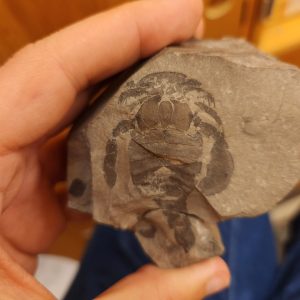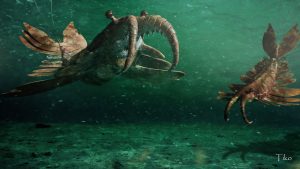
Fossils of Pentecopterus decorahensis, which hunted in the oceans half a billion years ago, discovered in Iowa river bed
Earth’s first big predatory monster was a giant underwater scorpion that reigned in the ocean almost half a billion years ago, well before the dinosaurs, scientists have discovered.
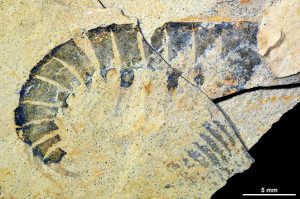
The creature grew to 170 centimtres (5ft 7in) and had a dozen claw arms sprouting from its head, as well as a spiked tail. Geologists at the Iowa Geological Survey found 150 pieces of fossils about 18 metres under the Upper Iowa river, part of which had to be temporarily dammed to allow them to collect the specimens.
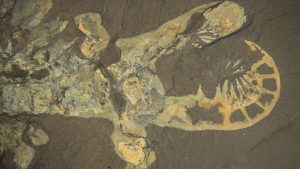
Scientists at Yale University determined they were a new species from about 460m years ago when Iowa was under an ocean.
James Lamsdell of Yale, the lead author of the study published on Monday in the journal BMC Evolutionary Biology, said: “This is the first real big predator. I wouldn’t have wanted to be swimming with it. There’s something about bugs. When they’re a certain size they shouldn’t be allowed to get bigger.”

The creature — named Pentecopterus decorahensis, after an ancient Greek warship — is part of the eurypterid family of sea scorpions.
Unlike modern land scorpions its tail didn’t sting. It was used more for balance and in swimming but half this creature’s length was tail, Lamsdell said.
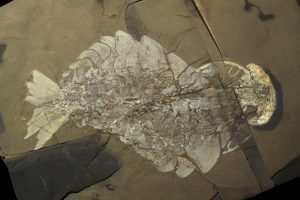
There were larger sea scorpions halfway around the world at the same time but those were more bottom feeders instead of dominant predators, he said.
Lamsdell could tell by the way the many arms come out of the elongated head how this creature grabbed prey and pushed it to its mouth.
“It was obviously a very aggressive animal,” Lamsdell said. “It was a big angry bug.”
